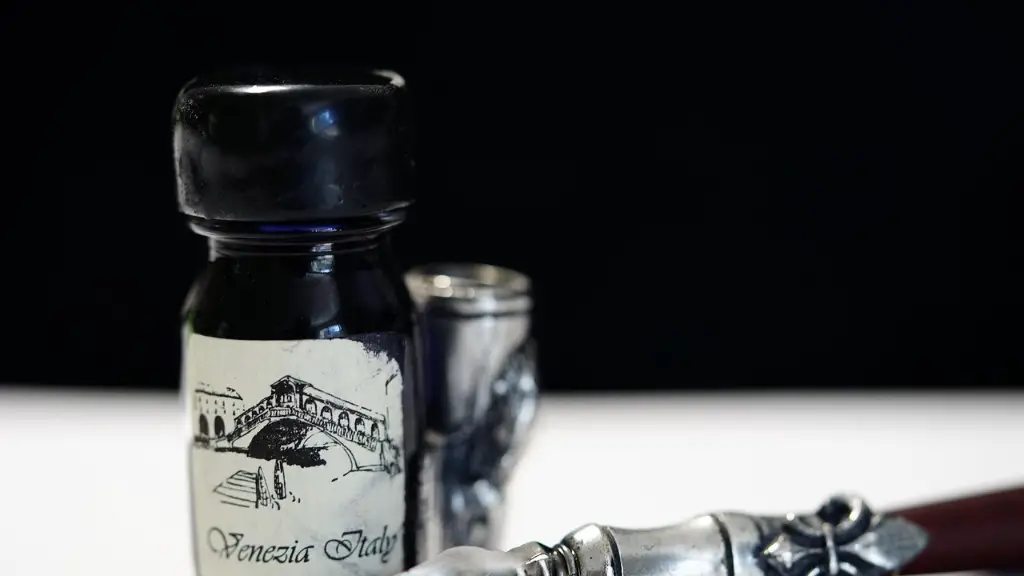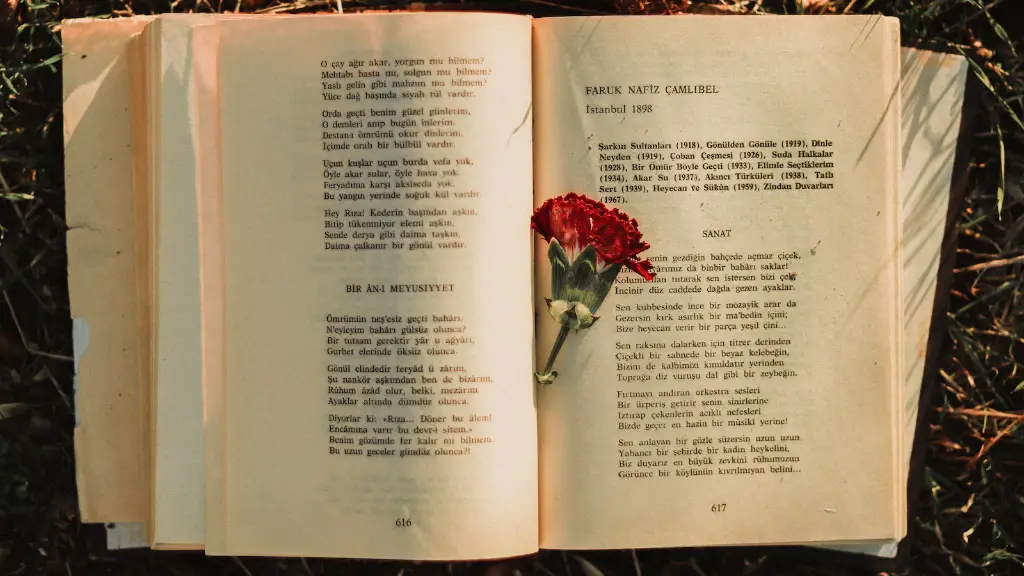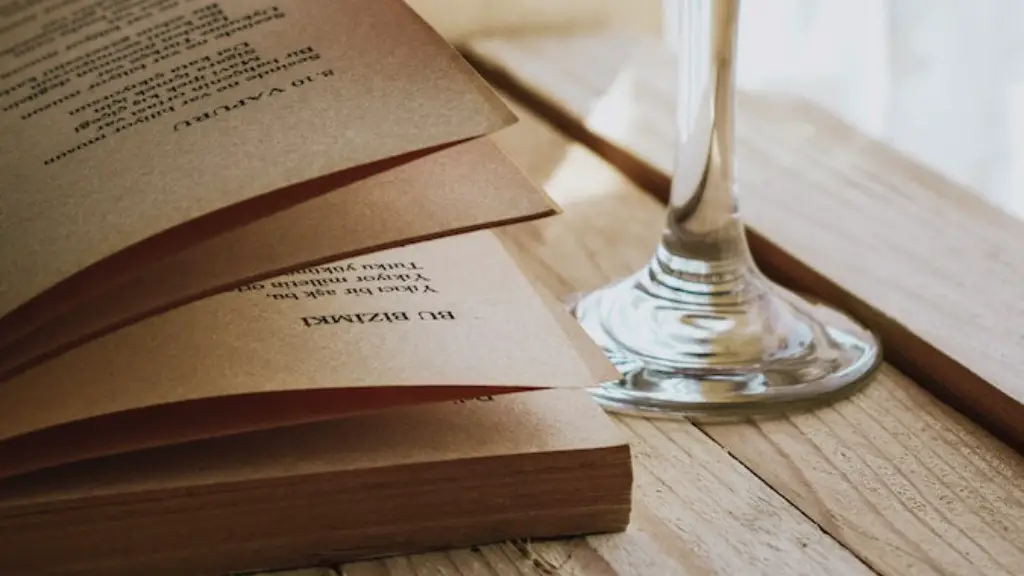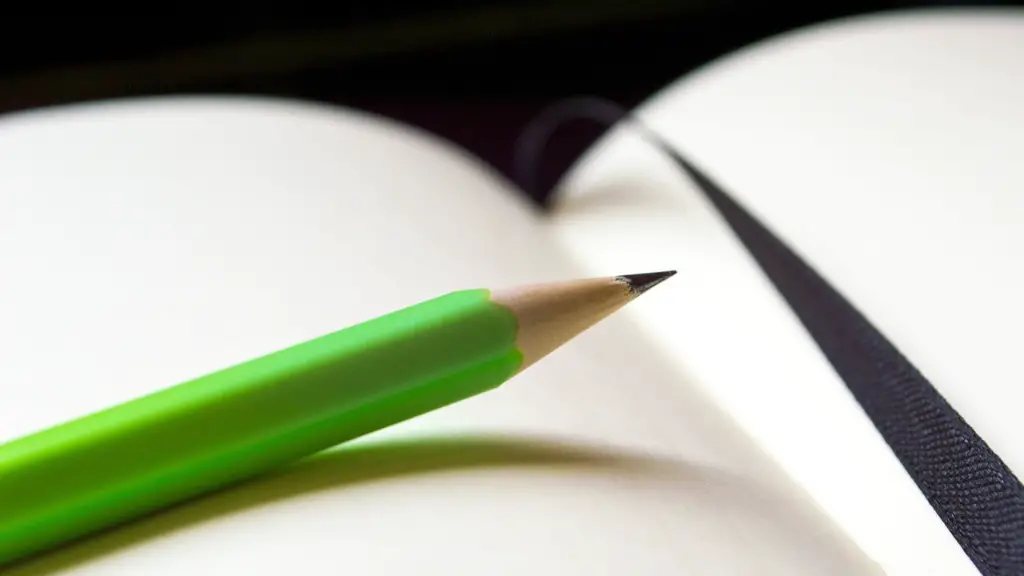1. Definition of a Hyperbole in Poetry
A hyperbole is a figure of speech that is used to emphasize a point or to evoke strong emotions. It is a literary device often used in romance, poetry, and drama, in which a writer uses exaggerated or over-the-top language to create a powerful effect. The exaggeration is often humorous and can either be a positive or negative quality, depending on how it is used. Hyperboles usually involve a comparison that is too great to actually be true. For example, saying someone has a million arms could be considered a hyperbole as it is not physically possible for someone to have that many arms. Similarly, calling something heavy as the mountains would also be considered a hyperbole as mountains are not known for being light.
Hyperboles can be used to emphasize size or to emphasize a point by drawing attention to it. As such, they are a common tool of poets who wish to create vivid imagery and evoke emotions in their readers. This use of language is especially prevalent in poetry as it can help convey the writer’s feelings in an evocative way and draw the reader in.
2. Examples of Hyperbole In Poetry
One of the most famous examples of hyperbole in poetry is William Shakespeare’s line “all the world’s a stage.” This exaggerates the world itself by implying that it is nothing more than a giant theatre and everyone in it the players. This line is a perfect example of how a hyperbole can be used to create a powerful effect. Similarly, Robert Frost’s poem “The Road Not Taken” contains the line, “I took the one less traveled by,” which is a hyperbole as there are no roads that could not be traveled by.
Another poetic example of hyperbole is Walt Whitman’s famous line, “I contain multitudes.” This again is exaggeration as it is impossible to quantify or accurately describe the vastness of a person’s full character or experience. One could also look to the work of Emily Dickinson for examples of hyperbole, such as in her poem “Hope Is the Thing With Feathers,” which contains the line “Hope is the thing with feathers/That perches in the soul.” Here, hope is being compared to a bird, which is an impossible comparison.
3. Benefits of Using Hyperbole In Poetry
The use of hyperbole in poetry can be beneficial in a few ways. Firstly, it can be used to draw attention to a particular point or idea and make it stand out. Hyperboles can be used to emphasize size, strength, or power as it can help create a vivid image in the reader’s mind. Additionally, it can be used to evoke strong emotions such as awe, fear, admiration, or even sorrow. As such, hyperboles are a great tool for poets who wish to create an emotional impact on their readers.
Hyperboles can also be used to break free from the rules of traditional language and create something new and interesting. When used correctly, they can help writers express strong ideas and feelings that cannot be put into traditional words. By using hyperboles, writers can also add a layer of intrigue and drama to their poems, which can make them more enjoyable to read.
4. Misuse of Hyperbole in Poetry
Hyperboles can be an effective tool when used correctly, but they can also be detrimental when used incorrectly. A common misuse of hyperbole is when writers go overboard and create images that are beyond improbable. For example, a writer might use a hyperbole to describe a person as having ten arms, when in reality it is not physically possible for someone to have that many limbs. Additionally, using hyperboles in the wrong place or context can also have a negative effect. For example, using a hyperbole to describe something that is insignificant or mundane can make it seem silly or insincere.
It is important for writers to keep in mind that hyperboles are intended to be exaggerations and thus, should not be taken literally. Additionally, when using hyperboles, it is important to make sure that they are used in the right context so as to create the intended effect. Finally, writers should be careful not to use too many hyperboles in their poems as they can become tiresome and detract from the overall quality.
5. History of Hyperbole in Poetry
The use of hyperbole in poetry has a long and interesting history. Its use can be traced back to Ancient Greece and Rome, where writers such as Homer, Virgil, and Ovid used hyperbole in their works to create vivid images and draw attention to their points. Over the centuries, hyperbole became an integral part of literature, poetry, and drama, with authors such as William Shakespeare using it to explore themes such as love, war, and politics.
The use of hyperbole has continued to evolve and remains an important part of modern poetry. Writers such as Wordsworth and Whitman used it to explore the power of language and create powerful emotional effects. Similarly, contemporary poets such as Sylvia Plath and T.S. Eliot have used hyperboles to explore intricate themes and add depth and beauty to their work.
6. Different Types of Hyperbole in Poetry
Hyperboles can be used to achieve various effects, which is why there are various types of hyperboles. They can be used to make a point, create vivid images, or to emphasize specific words. They can also be used to add drama and humour to a poem. Common types of hyperboles include oxymorons, metaphors, similes, and alliterations.
Oxymorons involve the combination of two contradictory terms, such as “living death” or “deafening silence.” Metaphors are comparisons of two different things, such as “the wind is a whisper” or “time is a thief.” Similes are similar to metaphors but involve the use of the words “like” or “as”, such as “as brave as a lion” or “as light as a feather.” Alliterations involve the repetition of the same sound, such as “the stolen stones shone” or “hungry hippos have hearty hearts.
7. Role of Hyperbole in Poetry
Hyperbole has been and continues to be an important tool of poets. It allows them to add clarity, emotion, and drama to their work in ways that wouldn’t be possible otherwise. By creating vivid images and drawing attention to certain points, it can help a poem stand out and make it more memorable for the reader. As such, poets should not be afraid to make use of this powerful tool as it can help them create more interesting and engaging poems.
8. Non-literary Uses of Hyperbole
Hyperbole is not only used in literature and poetry but can also be seen in everyday life. From casual conversations and advertisements to political speeches and marketing text, hyperbole is used to make points, create an impact, and draw attention. For example, someone might use an exaggeration such as “I will work around the clock,” when they actually mean they will work hard but not to the point of exhaustion. Similarly, advertisers often use hyperboles to create an impression of their product as being bigger, better, or more special than it actually is.
9. How to Recognise a Hyperbole
Hyperboles can be tricky to spot as they do not always follow traditional grammar rules. Generally, one should look for statements that are exaggerated, over the top, and create an image that is too great to be true. Additionally, look for comparisons that are too extreme, such as comparing someone to the moon or likening an object to the sun. Finally, look for statements that are too literal or impossible, such as claiming someone has a million arms.
10. How to Create Powerful Hyperboles
Creating powerful hyperboles can be both difficult and rewarding. When creating a hyperbole, one should first consider the point they are trying to make and the audience they are writing for. The hyperbole should then be tailored to fit the point, audience, and context of the poem. Additionally, it is important to keep the hyperbole short and concise so that it is easy to understand and creates an immediate impact.
When creating a hyperbole, one should also strive for originality by avoiding cliches and mundane comparisons. Additionally, writers should be careful not to overuse hyperbole as it can become tiresome and distract from the poem. Finally, the best hyperboles often contain elements of surprise and should evoke strong emotions in the reader. When used correctly, hyperboles can have a powerful effect and help create compelling and meaningful poems.




